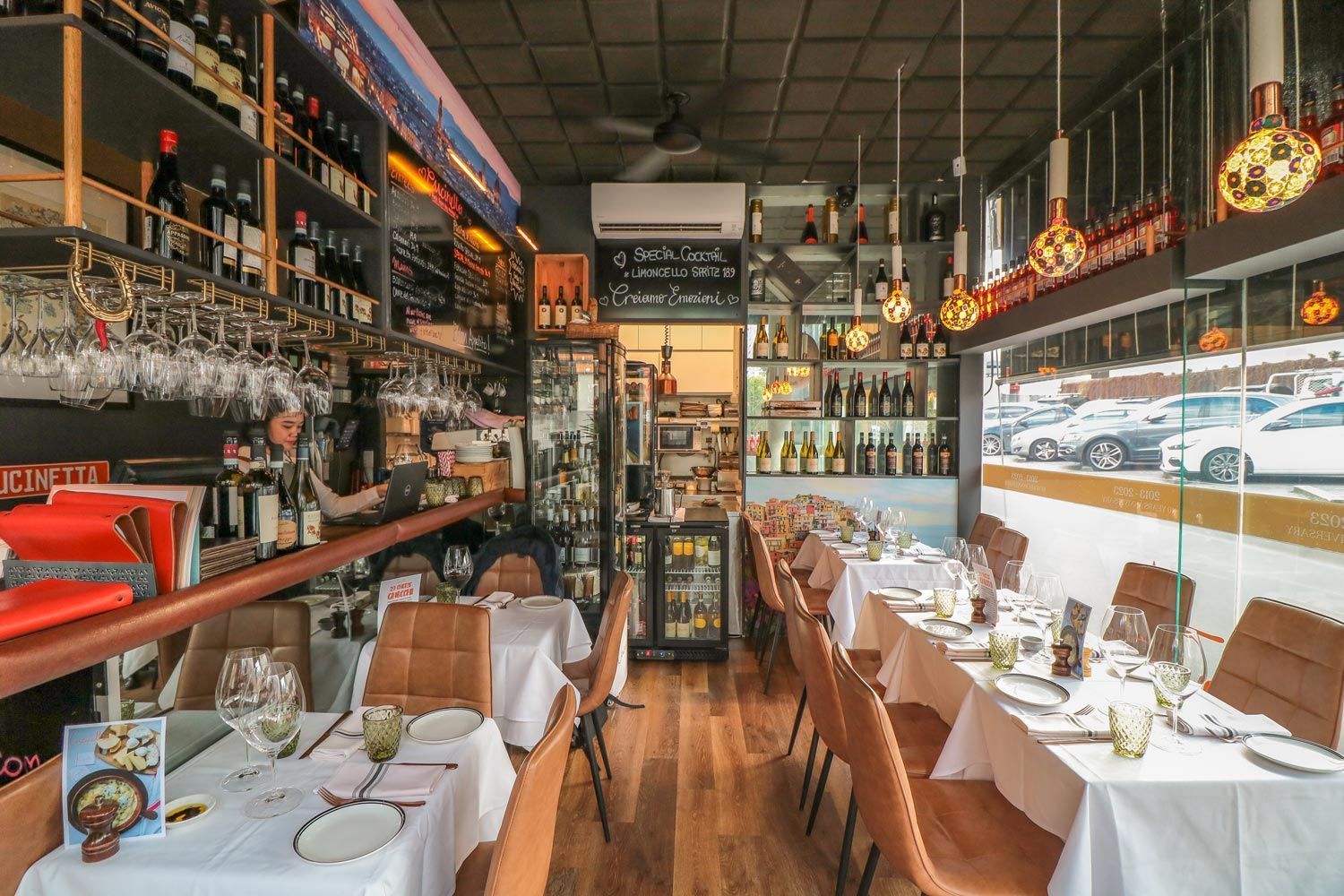Antipasto: Creative Ideas for a Unique Italian Appetiser Spread
Antipasto: Creative Ideas for a Unique Italian Appetiser Spread
An antipasto spread is a wonderful way to begin a meal with a burst of colour, texture, and flavour. This unique Italian appetiser consists of bite-sized treats that awaken all your five senses while bringing diversity to any menu.
With colourful platters of meats, cheeses, and marinated vegetables, you can effortlessly create a tasty spread using ingredients from your fridge.
Are you looking for creative ideas for crafting an eye-catching antipasto spread? Explore how to make your next appetiser a memorable experience for everyone!
What is Antipasto?
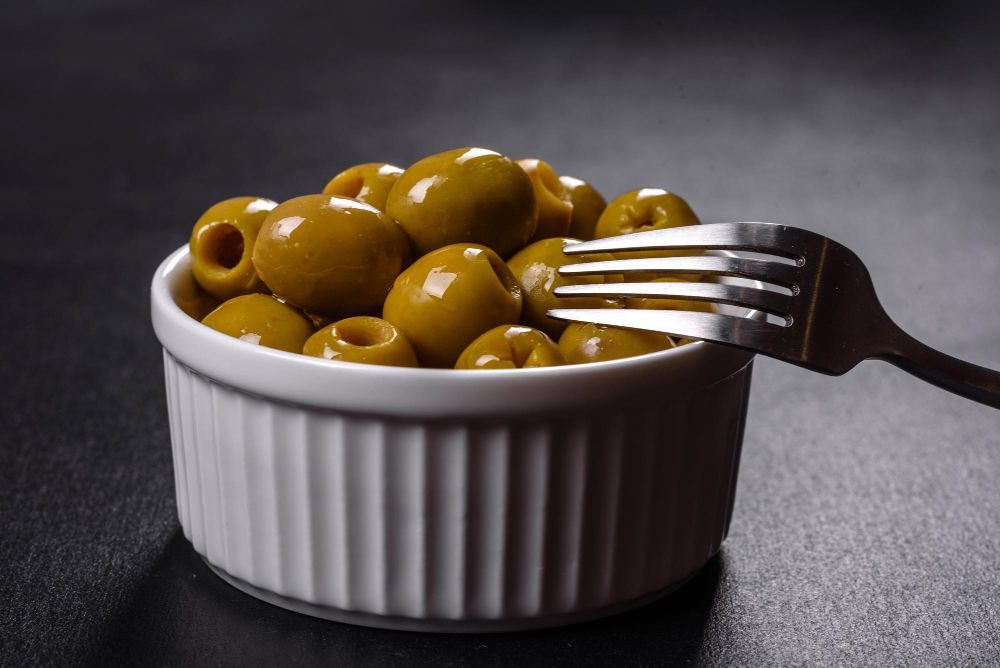
In Italian, the word 'antipasto' is the singular form of 'antipasti', which literally means 'before meal'. So, technically, 'antipasto' is a course served before your meal, consisting of only a single small-portion dish, such as a bowl of cheese, a tiny bowl of olives, and a small plate of cured meats.
This single, bite-sized dish stimulates the appetite and prepares the senses before enjoying the main course.
What's the Difference Between Antipasti and Antipasto?
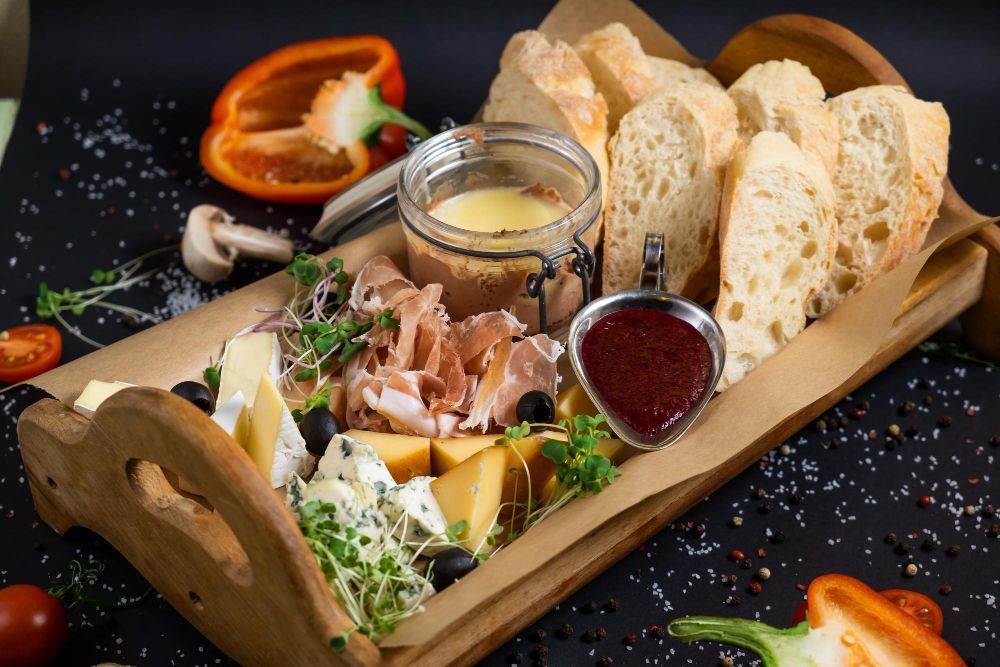
Here's a fun fact: in Italy, the difference between 'antipasto' and 'antipasti' is all about quantity!
'Antipasto' refers to a single appetiser or a platter served at the start of an Italian meal. Conversely, 'antipasti' is the plural form, meaning more than one appetiser type.
Visually, it's a group of colourful, bite-sized dishes that fill up your table with variety.
For example, a bruschetta is an antipasto, while a combination of bruschetta, marinated vegetables, and prosciutto on separate plates becomes antipasti. Simple, right?
Antipasti Characteristics

Antipasti is a staple on any Italian table, perfect for bringing family and friends together. Its characteristics are simple: it is visually appealing, has various textures and colours, and is versatile.
The spread can range from simple to complex, featuring both fresh flavours and rich regional specialties. The most common ingredients are cured meats, cheeses, marinated vegetables, and olives. However, you can also find other variations like thinly sliced prosciutto or a mix of grilled peppers and artichokes.
On top of that, it is easy to prepare and share since it is served at room temperature.
Antipasto Platter Ingredients
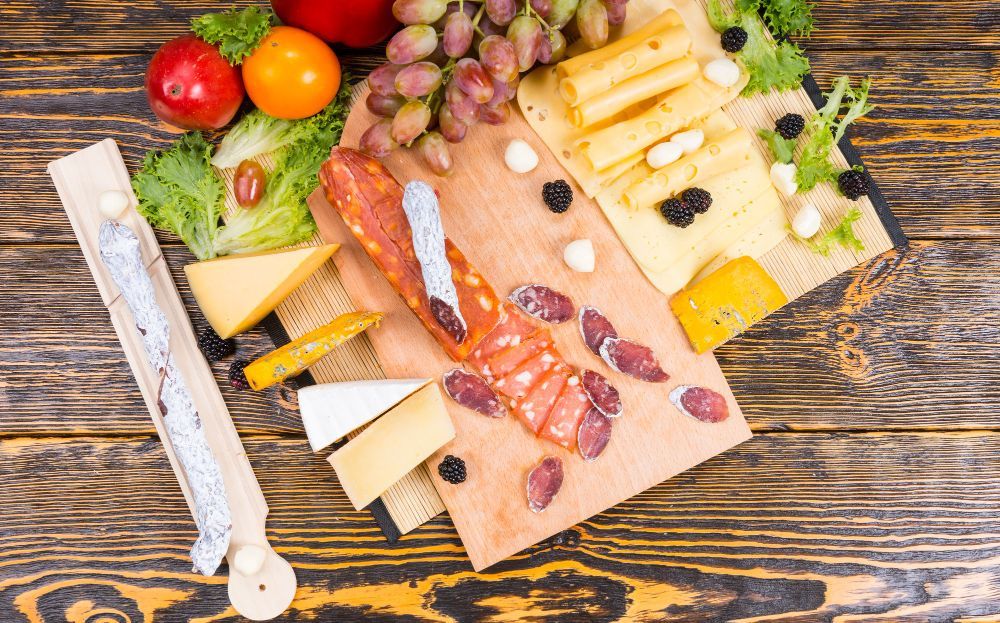
Crafting an antipasto plate is all about creativity and personal taste. You can customise the ingredients with everything you like, or refer to our list below for some inspiration:
- Cured Meats: Prosciutto, salami, mortadella, capicola, and bresaola.
- Cheeses: Mozzarella, provolone, pecorino, gorgonzola, fontina.
- Marinated Vegetables: Artichoke hearts, roasted red peppers, sun-dried tomatoes, grilled zucchini, olives.
- Seafood: Marinated anchovies, smoked salmon, grilled shrimp.
- Bread and Crackers: Sliced baguette, grissini (breadsticks), crostini.
- Nuts and Fruits: Marcona almonds, figs, grapes, dried apricots.
Condiments and Spreads: Pesto, tapenade, honey, balsamic glaze, mustard.
How to Build an Antipasto Platter
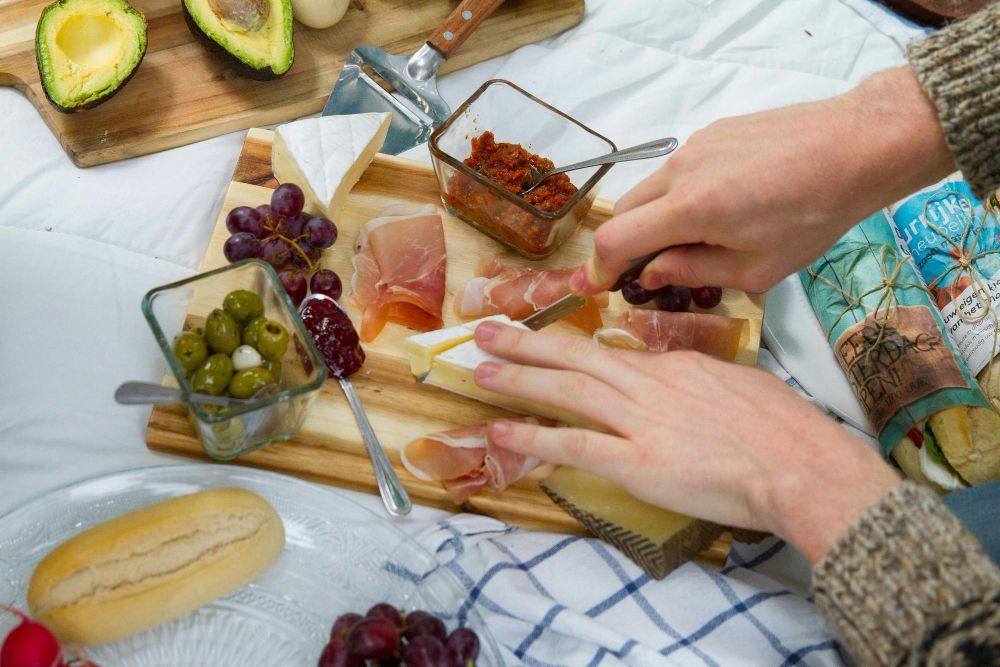
Building an antipasto platter is easy and enjoyable! First, you need to prepare all the ingredients. Then, it's time to get creative!
Follow these steps to build a mouth-watering spread:
- Choose Your Base: Start with a large platter or wooden board with enough space for all the ingredients.
- Pick Meats and Cheeses: Select 2-3 types of cured meats like prosciutto, salami, or mortadella, and pair them with cheeses of different textures, such as mozzarella, gorgonzola, and pecorino. Slice them into bite-sized pieces for convenience.
- Add Marinated Vegetables and Seafood: For colour and texture, add marinated veggies like olives, artichoke hearts, roasted peppers, mushrooms, and sun-dried tomatoes. For a twist, add seafood options like smoked salmon or anchovies.
- Incorporate Fresh Elements: Fresh fruits like grapes or figs and nuts like Marcona almonds provide balance and a fresh crunch.
- Include Bread and Condiments: Add baguette slices, crostini, or breadsticks. Finish with small bowls of pesto, tapenade, or balsamic glaze to enhance flavours.
Arrange Thoughtfully: Group similar items together with varying colours and textures to create an inviting and visually appealing platter.
Frequently Asked Questions
-
Can you serve antipasto as a main course?
You can turn an antipasto platter into a main course if you're in the mood for a personal light meal. However, it's more appropriate as an appetiser if you have a guest over.
-
What is the most popular antipasto in Italy?
The most popular antipasto in Italy is cheese, especially aged hard ones. Other ingredients like cured meats, olives, and vegetables in vinegar or oil are also famous.
-
What do Italians drink with antipasti?
Italians often pair antipasti with an aperitif, such as an Aperol Spritz, tonic water, or even a glass of wine.
Conclusion
In conclusion, an antipasto platter is an excellent way to gather people while enjoying diverse flavours and textures. You can build a visually stunning spread that satisfies every taste with delicious meats, cheeses, marinated vegetables, and fresh ingredients.
Interested in more Italian culinary delights? Please browse Cucinetta's menu for authentic Italian cuisine to elevate your next Italian dining experience!

4/3 Murphy Street, 3141, South Yarra, Melbourne
(03) 9942 2607
info@cucinettamelb.com.au
Cucinetta. All Rights Reserved.
Website Designed and created by The Ad Group.
